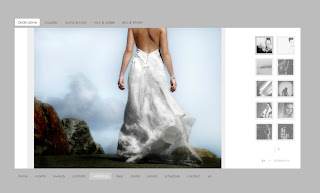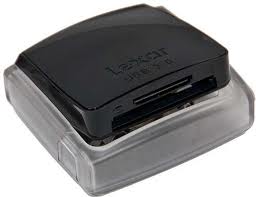Status ongoing under construction
Today a group of level 4 students and I from Burton College visited a live working photography studio in the town of Belper about 20 miles away from Burton. The visit was setup and managed by our course tutor Steve Davies to provide us with a better understanding of how a photography business is run
The studio is run by professional Photogrpher and businessman Adrian Heapy a likeable 60 year old happy chappy with a passion for photography. Adrian has been in the industry for over 40 years and has a wealth of experience in this field. It has taken a lifetime to build up his business and enabled him to atay ahead of any rivalsAdrian made us all feel very welcome then proceeded to give us a tour studio and delivered talk on his business as we were escorted around this huge property
The studio itself is a very old GPO building converted into a very large photographic studio with a smaller additional studio and various other rooms that were used for image processing,offices and storage
The studio is very large and there are only a handful of studios outside of London which can cater for such large photography shoots. This is quite unique as there is little competion able to copete for such large photography jobs of this nature for the niche phtogrphyThis is a boom for Belper a small former mill town and it's local economy as there are large amounts of people involved in these photography shoots who all need hotel accommodation, restaurants, pubs, shops etc to facilitate their visits
The studio itself was vast and is mainly used for large commercial photography shoots,including rooms, kitchens, furniture etc where set builds take place between shoots. On our visit a set was being built for a new furniture shoot that he was being commissioned to shootThe floor space was enormous and numerous cars could be photographed inside the studio with room to spare.
So why did he bye the premises here? set in a small mill town in the amber valley on the edge of the peak district. "Location, Adrian said" It is set in a central location in the middle of the country which can be be accessed from the motorway network. The size of the premises was also another governing factor which persuaded him to buy the building, which allows very large photo shoots to be completed without the need to go out on location
The studio is equipped with very expensive lighting sets which Adrian has accumulated over the years
This shot shows the studio with Adrian (right) giving my fellow students a talk and guidance of the morning's visit
Another shot of just part of the massive studio
Shown here are just some of the various lighting sets Adrian has at his disposal, they vary in luminance from small modeling lights to very high end spot, strobe systems
Shown here is a shot of various dummies in a secondary smaller studio that adrian uses for modeling, portraiture,band poses etc
Shown above here is the attic at Adrian's studio which shows the numerous props that he has accumulated over the years as a photographer. These props are used over and over again for different shoots with various clients
This shot of Adrian shows some of his finished work that is presented in photo books that he has produced to promote his work and his business
A remarkable statement made by Adrian was that only 10% of the whole photography shoot time was apportioned to photography, the other 90 % was used up by management, planning, preparation, set building, marketing, advertising, office and paper work etc
Adrian stated that his business is all about quality and he produces nothing but the best high end quality photography for his customers.This ensures repeat orders from exciting customers which also keeps his customers ahead of their competition when it comes to marketing their products
The beauty about the studio and premises is they are very large
He likes to work along side company directors which he accommodates in a large office complex built into the roof of the premises. In this way he gets his directive straight from the hourses mouth instead of wasting value time and money working alongside various managers
Adrian say's the fresh face entrepreneurs straight out of university try to emulate his his work and compete with his business by using image manipulation software such as "Photoshop" He said, they try to cut corners and try to use the software to enhance their images but they cannot reproduce the actual quality and finished product that he can produce without using such enhancing techniques
The day gave me a broader understanding of how a photography business runs and gave me some good advice of how to prepare should I wish to pursue a business venture of my own in this field
A shot of our tutor Steve Davies preparing a health and safety brief which he explained to us all outlining safety do's and dont's along with fire evacuation points around the building
The visit was a little disappointing as there was no photography planned on the day we visited and no lighting setups which I hoped I would be able to learn from and document
If there was to be a return visit to the studio would it be possible to visit when all the lighting is in place and the possibility of seeing some live shots taken? This would be far more educational to all students present to compound our knowledge and understanding of exposure/lighting techniques etc and to use image quality comparisons of high end commercial cameras compared with the top end consumer models that the majority of us use
The main Camera that Adrian uses for his work is a £64,000 Haselblad along with other Canon cameras
Shown below is a link to Adrian's website which highlights his skills and his products
Marketing
Shown here are the search results that are returned when Adrian's name is entered into search engine"google" the biggest search engine in the world. As you can see from the results that a websisite is of paramount importance
ongoing

















































